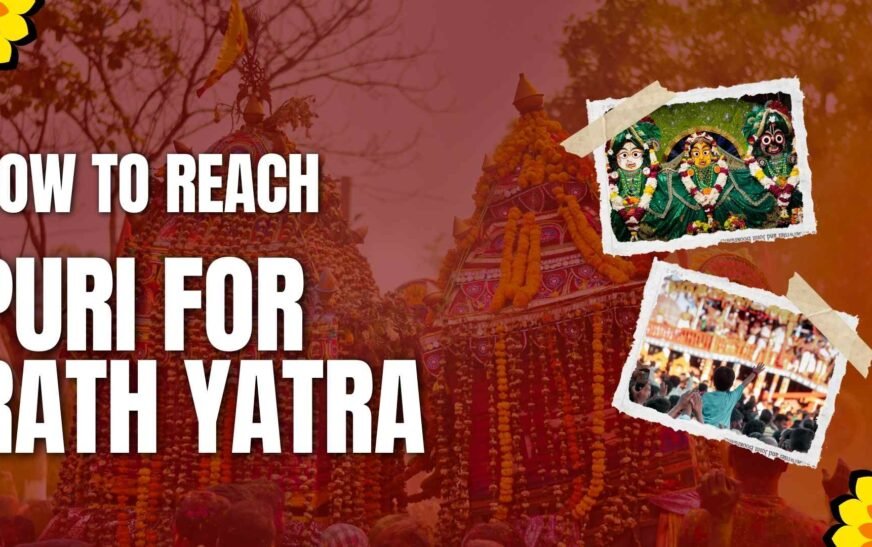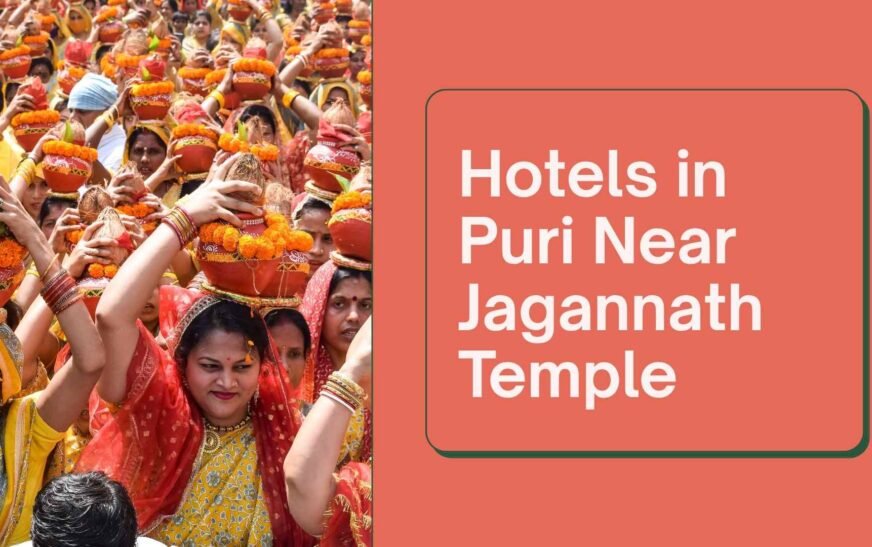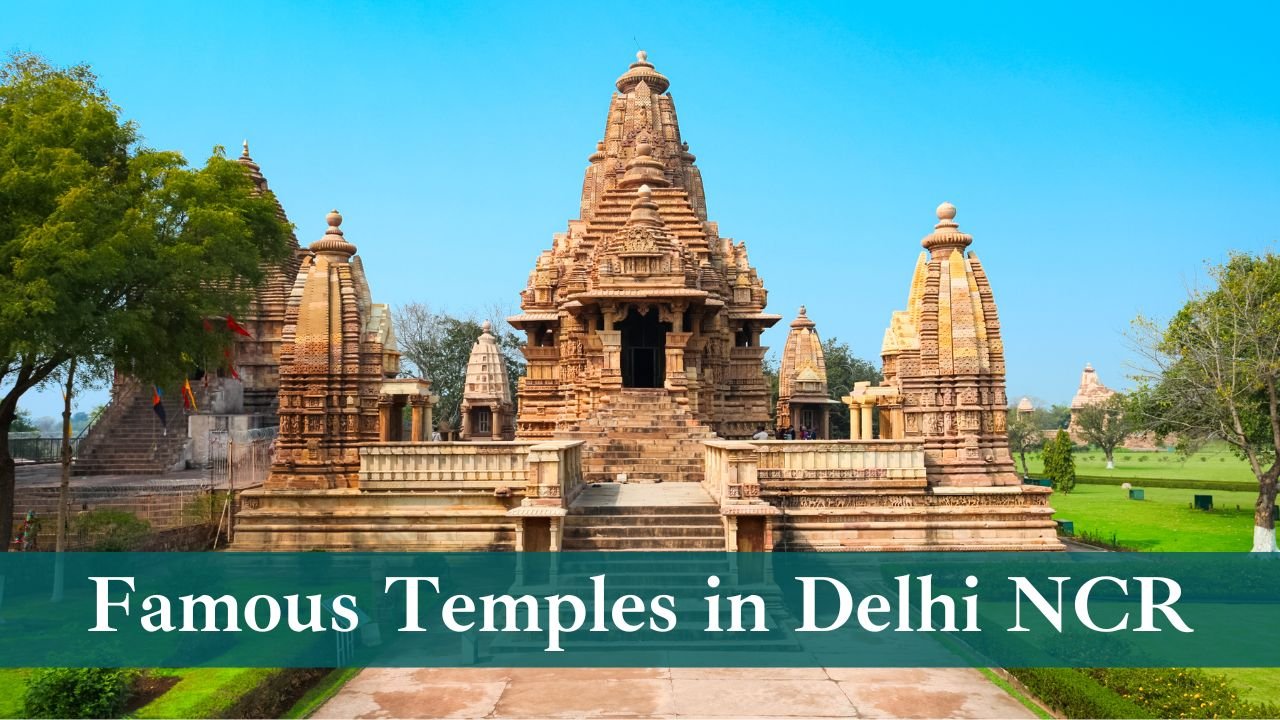The magnificent Shree Jagannath Temple in Puri, Odisha, is not merely an architectural marvel but a living testament to devotion, where Lord Jagannath, along with Lord Balabhadra and Devi Subhadra, is worshipped with a meticulously planned daily routine. For pilgrims, understanding the Jagannath Temple Darshan Timings & Rituals is essential to immerse themselves fully in the spiritual ambiance and witness the various sacred ceremonies.
Unlike the grand annual Rath Yatra, the daily rituals at the Jagannath Temple offer a continuous flow of spiritual activity, allowing devotees to experience the divine presence throughout the year.
Jagannath Temple Opening Hours and Daily Darshan Timings
The temple generally opens very early in the morning and remains active till late at night, though timings can be subject to change due to special festivals, unforeseen circumstances, or specific rituals.
- General Temple Opening (Dwaraphita): Around 4:30 AM
- General Temple Closing (Pahuda): Around 12:00 AM (midnight) after the final rituals.
Throughout the day, public darshan (viewing of the deities) is available, with certain intervals when the sanctum sanctorum might be temporarily closed for specific rituals. It is always advisable to check the official temple website or local advisories on the day of your visit for the most accurate and up-to-date Jagannath temple darshan time.

For detailed travel guidance, refer to How to reach Puri for Rath Yatra to plan your journey efficiently.
The Aarti Schedule in Puri and Key Daily Rituals
The daily rituals, known as ‘Nitis’, are performed by various servitors with immense devotion, mirroring human activities from waking up, bathing, dressing, eating, and finally resting. Each ritual has a specific time and significance, contributing to the vibrant spiritual atmosphere.
Here’s a detailed overview of the key daily rituals and aarti schedule in Puri:
Morning Rituals (Prabhat Niti):
- Dwaraphita (Door Opening): Around 4:30 AM. The temple doors are ceremonially opened by designated servitors.
- Mangala Aarati (Auspicious Lamp Offering): Around 5:00 AM – 5:30 AM. The first aarti of the day, marking the awakening of the deities with lamps. This is a highly sought-after darshan for many pilgrims.
- Mailam (Removal of Night Attire): Around 6:00 AM. The previous night’s clothes and floral decorations are removed from the deities.
- Abakash (Morning Ablutions): Around 6:00 AM – 6:30 AM. Symbolic brushing of teeth and bathing rituals for the deities.
- Sahanamela (Public Darshan): Around 7:00 AM – 8:00 AM. This is a special period when devotees are allowed closer proximity to the deities (Ratna Simhasana) for darshan. This timing can vary.
- Beshalagi (Adornment): Around 8:00 AM. The deities are adorned with fresh clothes, ornaments, and flowers.
- Gopala Ballava Puja (Breakfast Offering): Around 9:00 AM. A light breakfast consisting of fruits, curds, sweets, etc., is offered.
- Sakala Dhupa (Morning Food Offering / Raj Bhoga): Around 10:00 AM. The main morning meal, a grand offering of various cooked dishes (Raj Bhoga), is presented to the Lords.

To explore the best options for travel and accommodation, you can check out Jagannath Rath Yatra 2025 tour packages and find a plan that fits your needs.
Midday Rituals (Madhyahna Niti):
- Mailam & Bhoga Mandap: After Sakala Dhupa, the deities’ attire may be changed. Following this, additional food offerings are made for general devotees and institutions in the Bhoga Mandap hall, located outside the main sanctum. This can happen 2-3 times a day.
- Madhyahna Dhupa (Midday Meal Offering): Around 1:00 PM. Another major meal is offered to the deities, similar to the morning offering.
- Madhyahna Pahudha (Midday Rest): Around 1:30 PM – 2:00 PM. The deities retire for a midday rest, and the temple doors to the sanctum may close temporarily for this period.
Evening Rituals (Sandhya Niti):
- Sandhya Aarati (Evening Lamp Offering): Around 5:30 PM – 6:00 PM. The evening aarti, performed with lamps and chants, signifying the transition to evening.
- Sandhya Dhupa (Evening Food Offering): Around 7:00 PM – 8:00 PM. The evening meal is offered, typically lighter than the morning and midday meals.
- Mailam & Chandana Lagi: Around 8:30 PM. The deities’ attire is changed, and sandalwood paste mixed with camphor and saffron is applied.
- Badasinghara Besha (Night Adornment): After Chandana Lagi (around 9:00 PM – 10:00 PM). The deities are adorned with special night attire, rich floral garlands, and silken clothes, often with devotional songs like Gita Govinda being recited.
- Badasinghara Dhupa (Night Food Offering): Around 10:30 PM. The final food offering of the day, usually consisting of lighter fare like watered rice and sweet dishes.
- Khata Seja Lagi & Pahuda (Preparation for Rest & Closure): Around 11:30 PM – 12:00 AM (midnight). The deities are prepared for rest, symbolic beds are arranged, and the temple doors are ceremonially sealed for the night.
Important Notes for Visitors:
- Flexibility in Timings: While the above schedule provides a general overview, it’s crucial to understand that temple timings are not rigidly fixed. They can be fluid and vary based on the completion of rituals by the servitors, special festivals, or administrative decisions.
- Official Sources: For the most accurate daily Jagannath temple darshan time and aarti schedule in Puri, it is highly recommended to check the official Shree Jagannath Temple Administration website or inquire at the temple’s information counters upon arrival.
- Festivals and Special Occasions: During major festivals like Chandan Yatra, Snana Purnima, Rath Yatra, Bahuda Yatra, Suna Besha, or Nabakalebara, the routine timings and darshan availability will be significantly altered. The temple might remain closed to the public for specific periods (e.g., Anasara period before Rath Yatra).
- Best Time for Darshan: Early morning (for Mangala Aarti) and evening (for Sandhya Aarti) are often considered the most auspicious and less crowded times for darshan, offering a serene experience. During the day, there might be periods of heavy rush.
- Puri Jagannath Temple Prasad Timings: Mahaprasad (sanctified food) is generally available for purchase in the Ananda Bazaar (the northeast part of the temple grounds) from around 11:00 AM to 1:00 PM, and often again in the evening.
Many devotees are curious to understand why does ISKCON celebrate Lord Jagannath Rath Yatra with such devotion and enthusiasm.
Conclusion
The daily Jagannath Temple Darshan Timings & Rituals are a profound expression of devotion, transforming the temple into a dynamic center of spiritual life. By understanding the intricate aarti schedule in Puri and the daily temple opening hours and rituals, pilgrims can plan their visit to align with these sacred moments. Whether you witness the ceremonial awakening with Mangala Aarti or the final rest with Pahuda, each ritual offers a unique glimpse into the divine service and the timeless traditions of the Shree Jagannath Temple, ensuring a deeply enriching spiritual experience any time of the year.
Frequently Asked Questions (FAQs)
1. What is the timing of Jagannath Darshan? The Jagannath Temple generally opens around 4:30 AM (Dwaraphita) and closes around 12:00 AM (midnight) daily. Throughout this period, darshan is available, with temporary closures for specific rituals.
2. What are the rules for Jagannath Puri Darshan? Only Hindus are allowed inside the temple. Visitors must dress modestly, remove footwear, and leave all electronic gadgets and leather items outside. Photography inside the temple is strictly prohibited.
3. At what time is Jagannath Temple less crowded? The temple is generally less crowded in the early morning (around 5:00 AM – 7:00 AM for Mangala Aarti) and later in the evening (after 8:30 PM). Weekdays are also usually less busy than weekends or festival days.
4. What is the new Darshan system in Puri Jagannath Temple? The temple has introduced a new six-lane queue (dhadi darshan) system inside for better crowd management, with separate lanes for differently-abled, women/children, elderly, and male devotees to ensure smoother darshan.
5. Which step to avoid in Jagannath Temple? Devotees traditionally avoid stepping on the third step from the bottom at the main entrance (Lion’s Gate), known as ‘Yamashila’ or ‘Yama’s stone’, especially after darshan, due to a popular religious belief.










